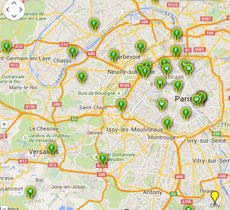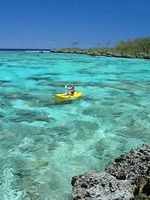In return for a promise to pay off debts owed to the United States by the Bauan chieftain, Seru Epenisa Cakobau, the Australian-based Polynesia Company was granted 5000 kmฒ of land, 575 kmฒ of it near what was then the village of Suva, in 1868. The original intention was to develop a cotton farming industry, but the land and climate proved unsuitable.
Following the annexation of the Fiji Islands by the United Kingdom in 1874, the colonial authorities decided to move the capital to Suva from Levuka in 1877. The transfer was made official in 1882. Colonel F.E. Pratt of the Royal Engineers was appointed Surveyor-General in 1875 and designed the new capital, assisted by W. Stephens and Colonel R.W. Stewart.
Following the promulgation of the Municipal Constitution Ordinance of 1909, Suva acquired municipal status in 1910. The town initially comprised one square mile; these boundaries remained intact until 1952 when the Muanikau and Samabula wards were annexed, expanding its territory to 13 square kilometers. In October that year, Suva was proclaimed a City Fijis first. Tamavua was subsequently annexed; the most recent extension of the city boundaries has been to incorporate the Cunningham area to the north of the city. Urban sprawl has resulted in a number of suburbs that remain outside of the city limits; together with the city itself, they form a metropolitan area known as the Greater Suva Area.
The city hosted the 2003 South Pacific Games, being the third time in the events 40 year history that they had been held in Suva. As part of the hosting of the event a new gymnasium and indoor sports center, swimming pool and stadium, field hockey pitch and stands were built in the area around Suva, funded by the government and a $16 million Peoples Republic of China aid package.
















